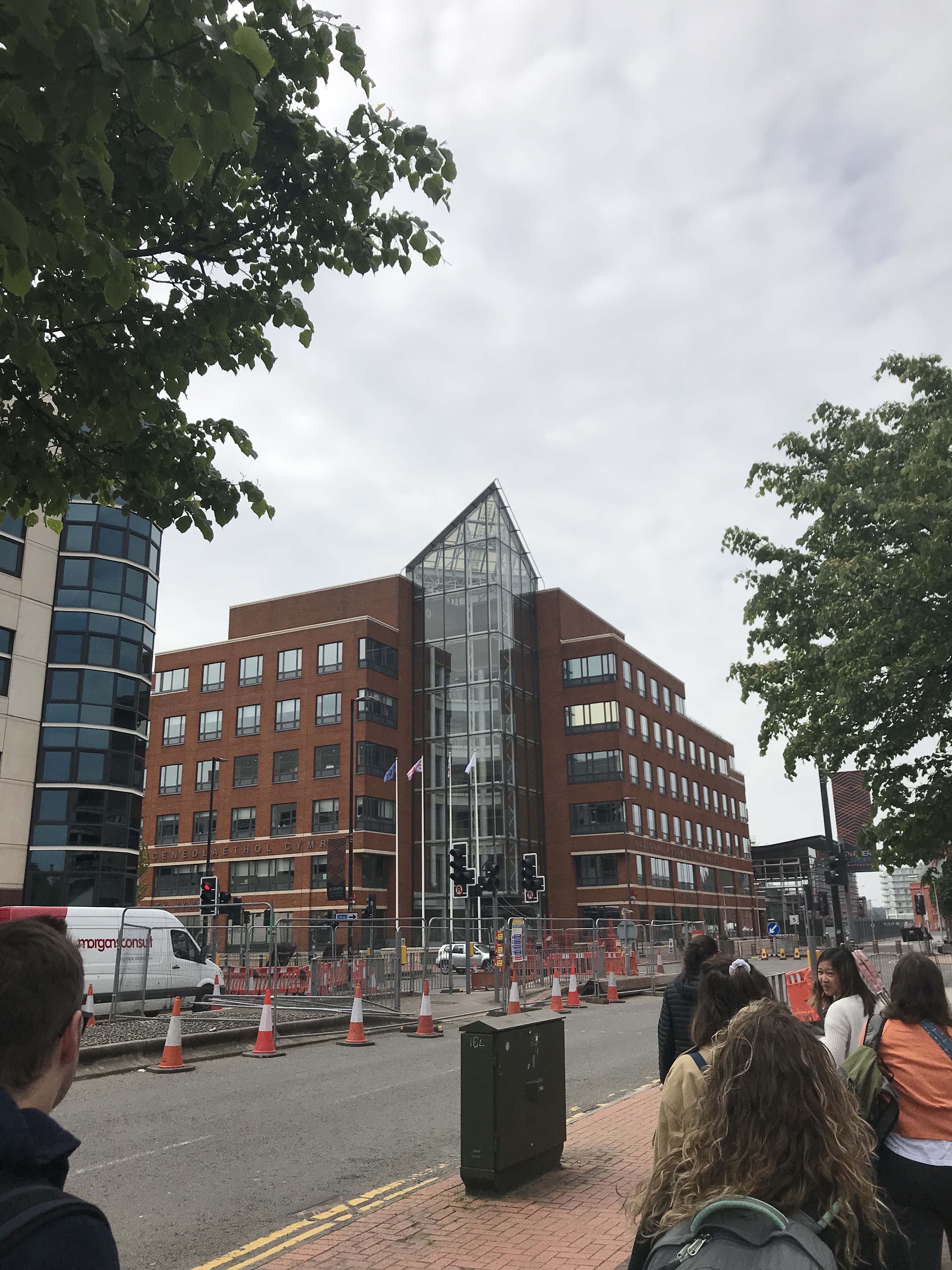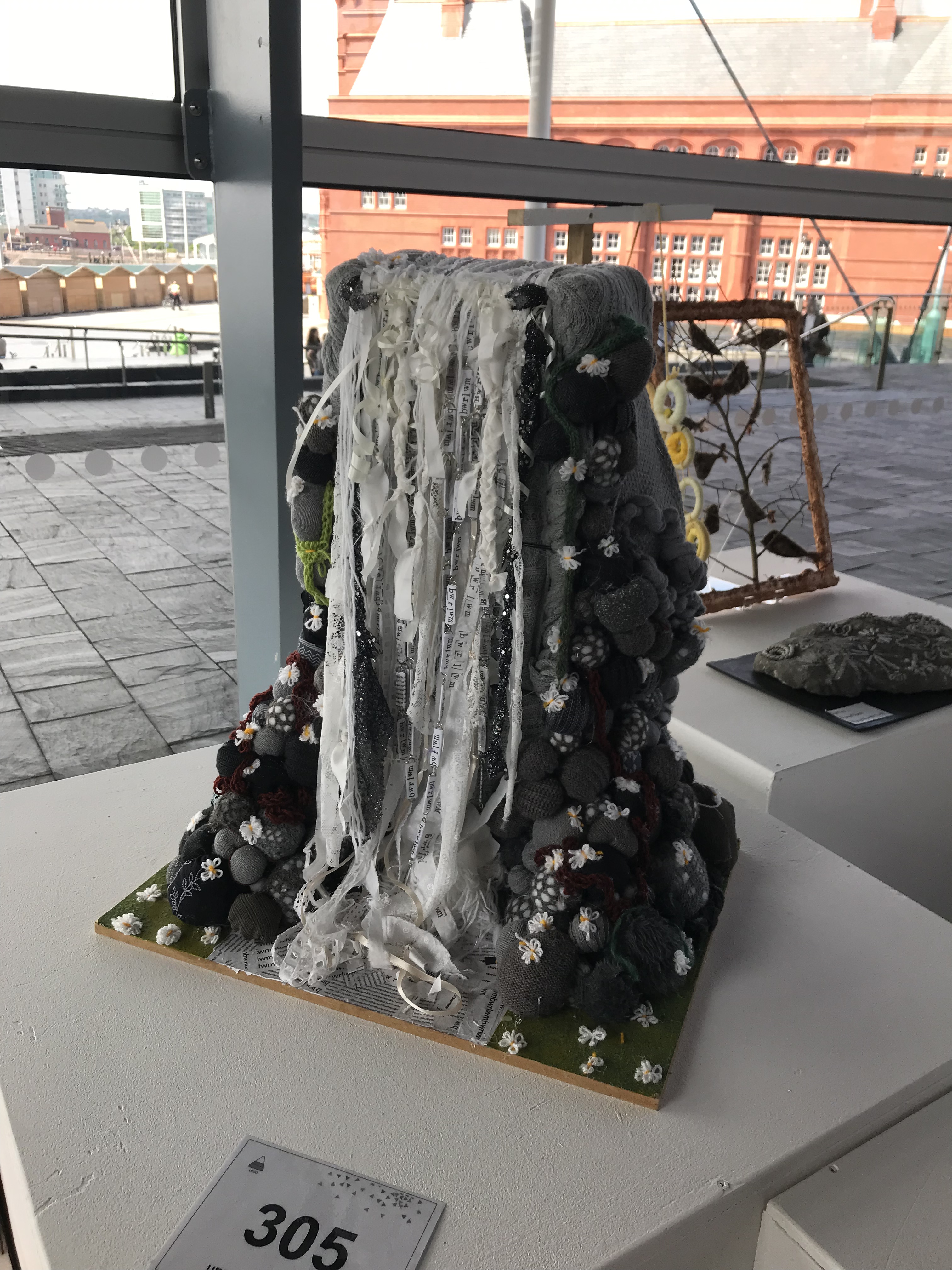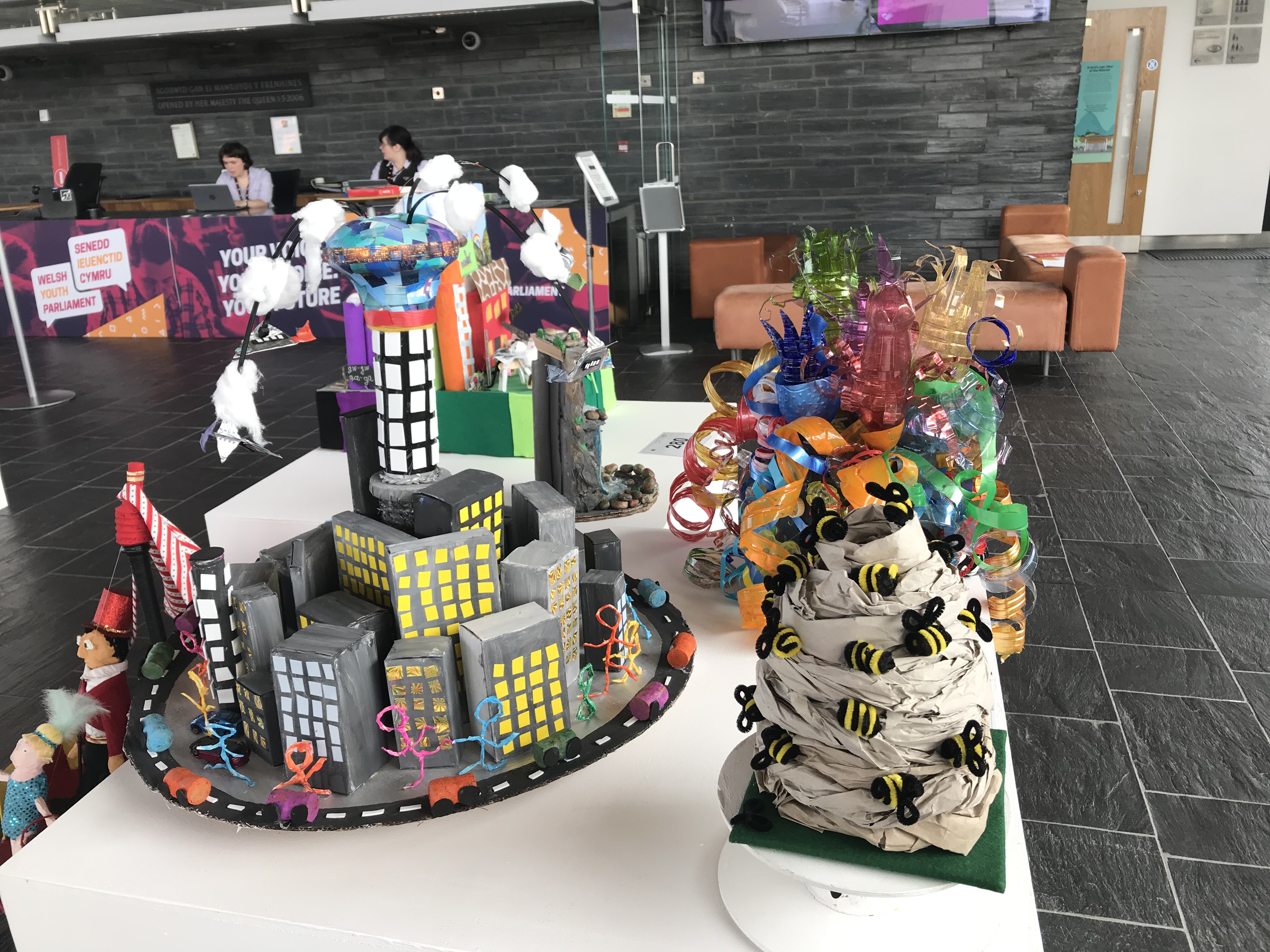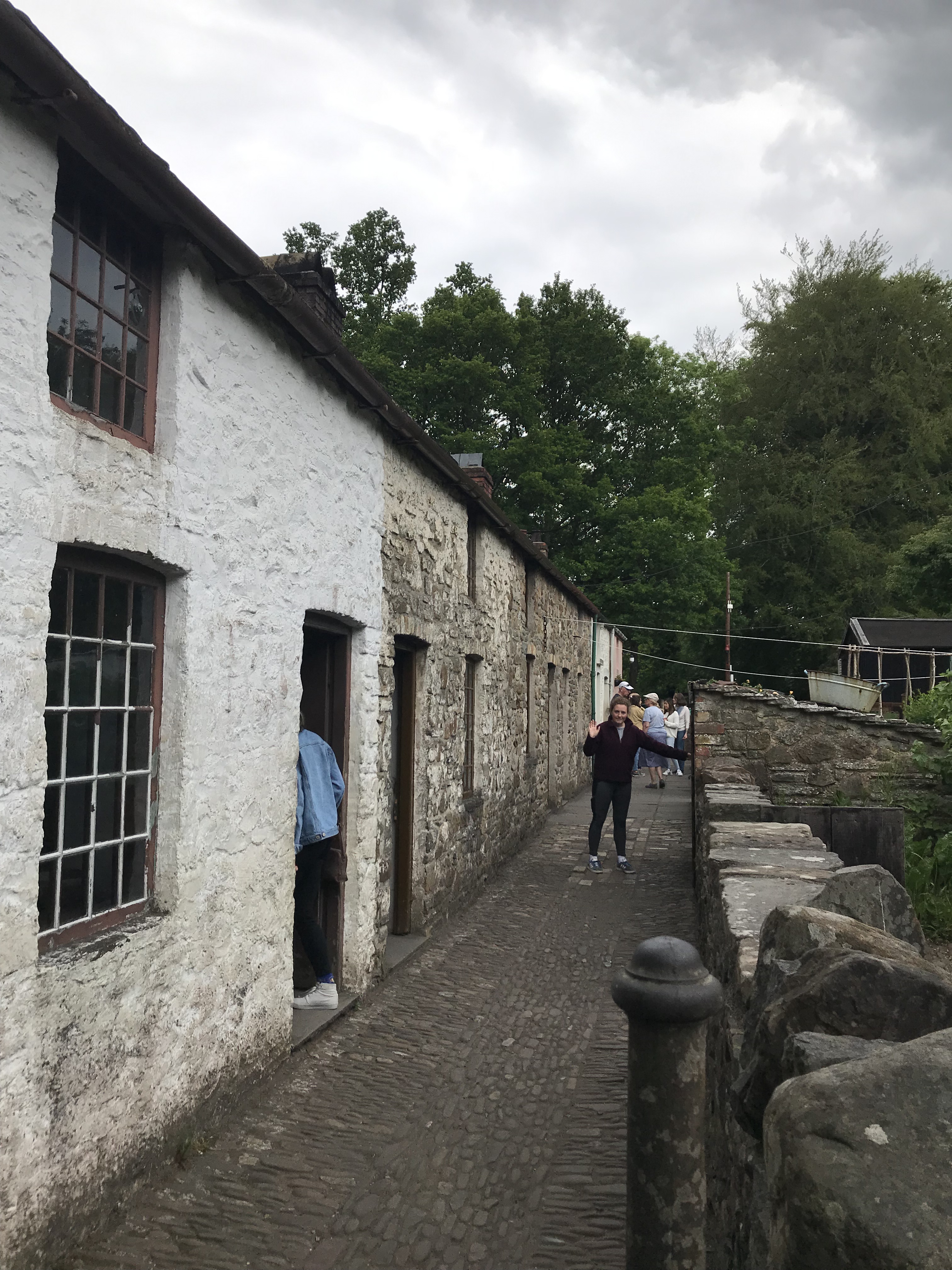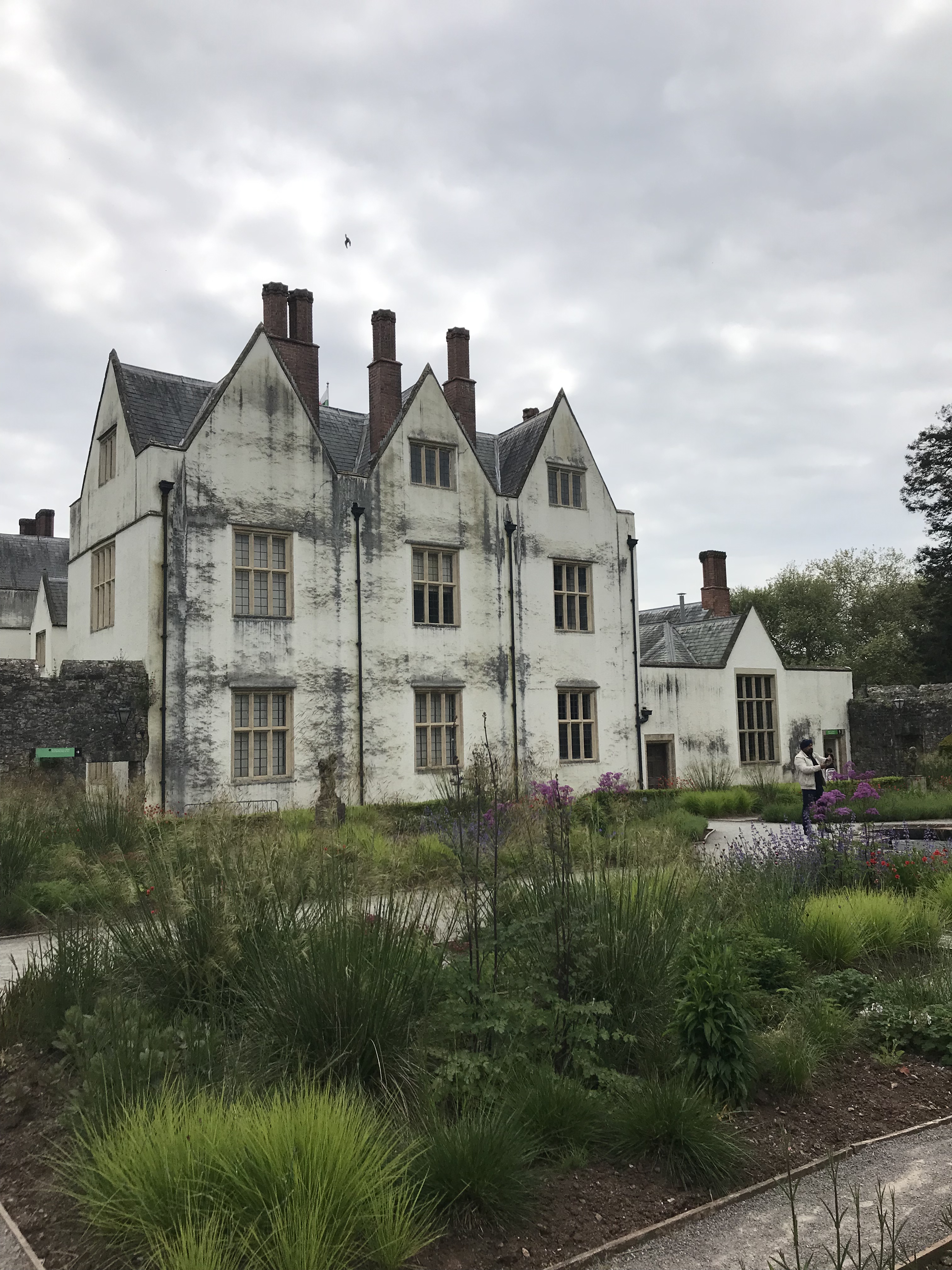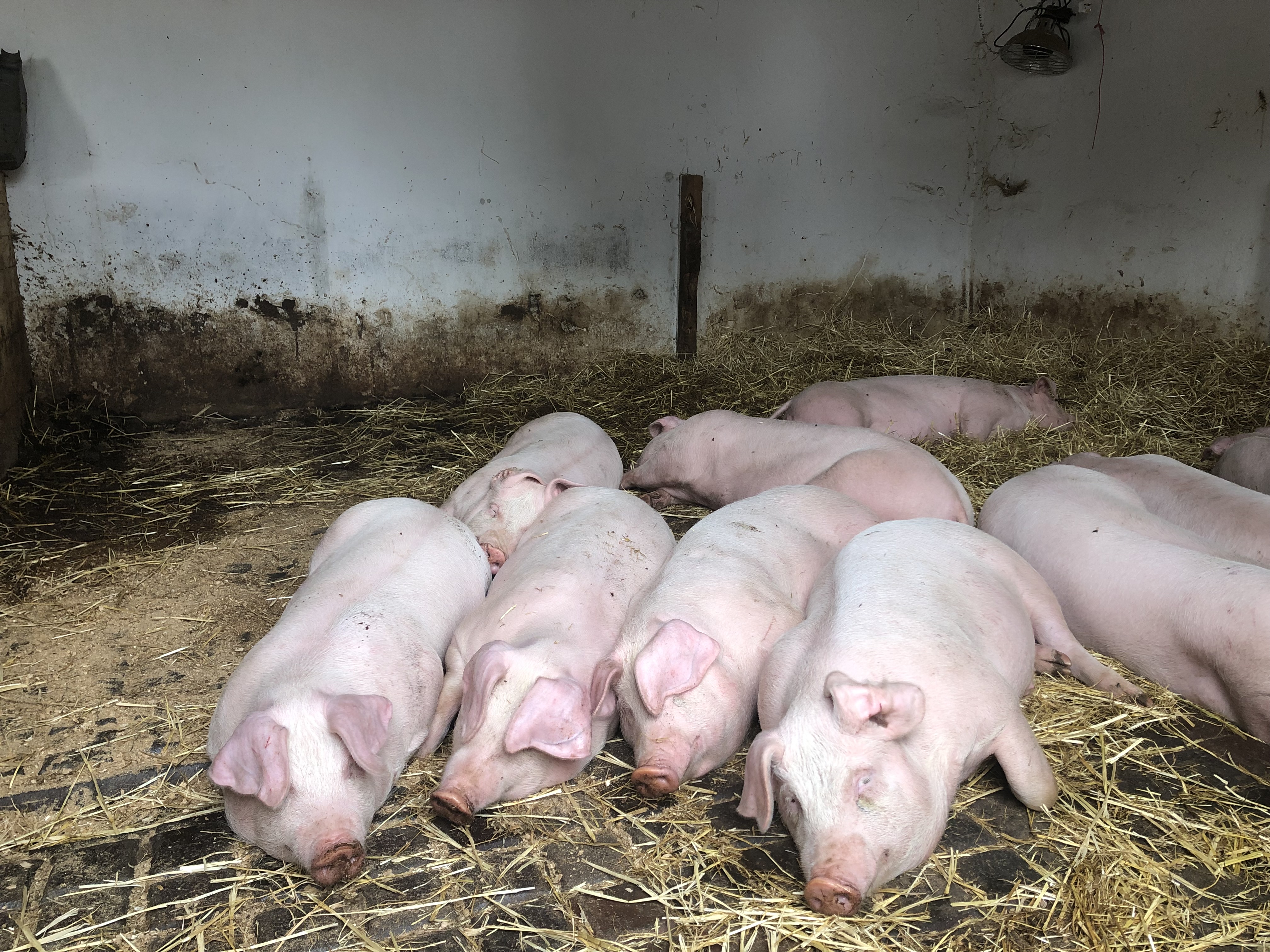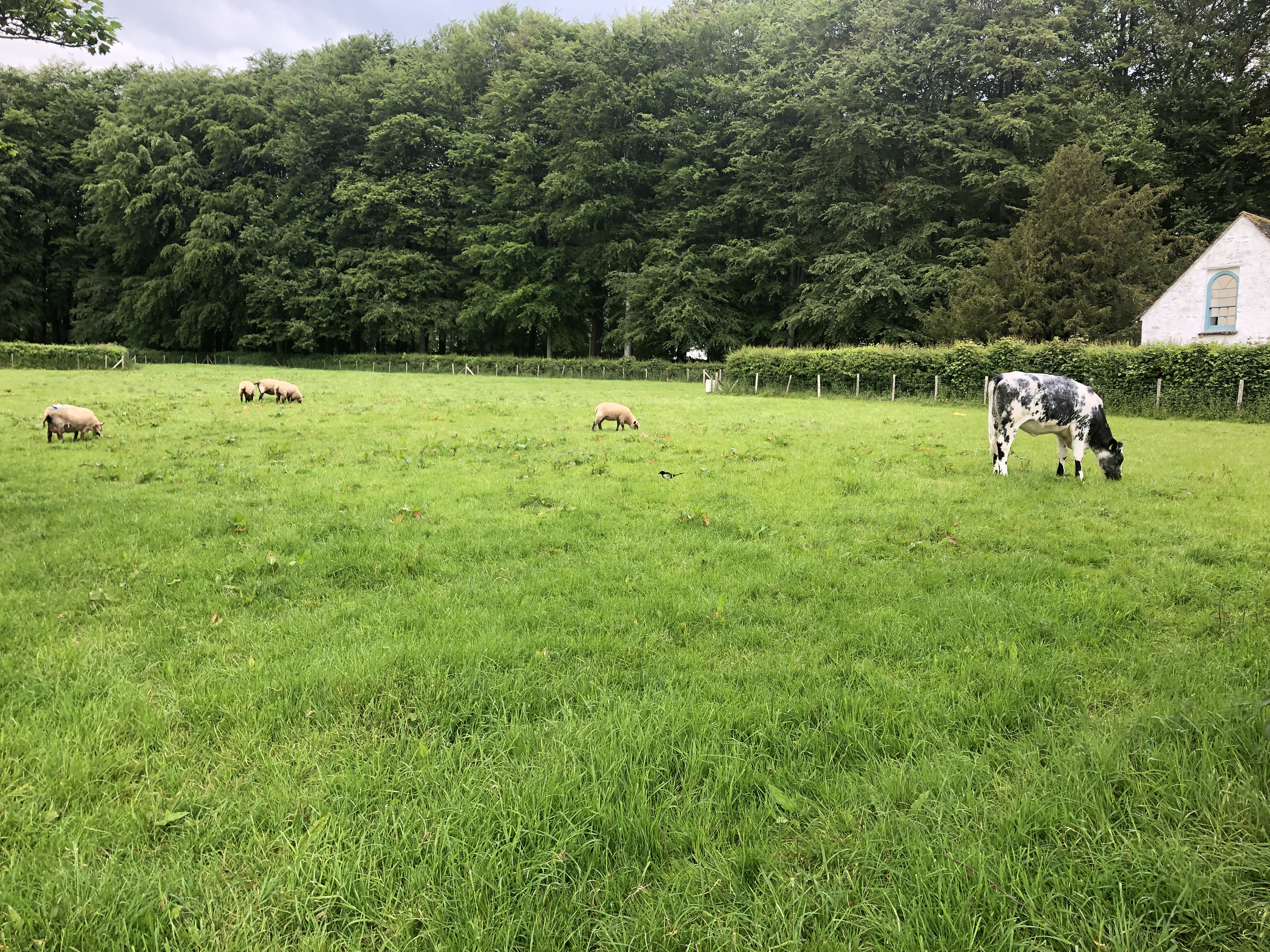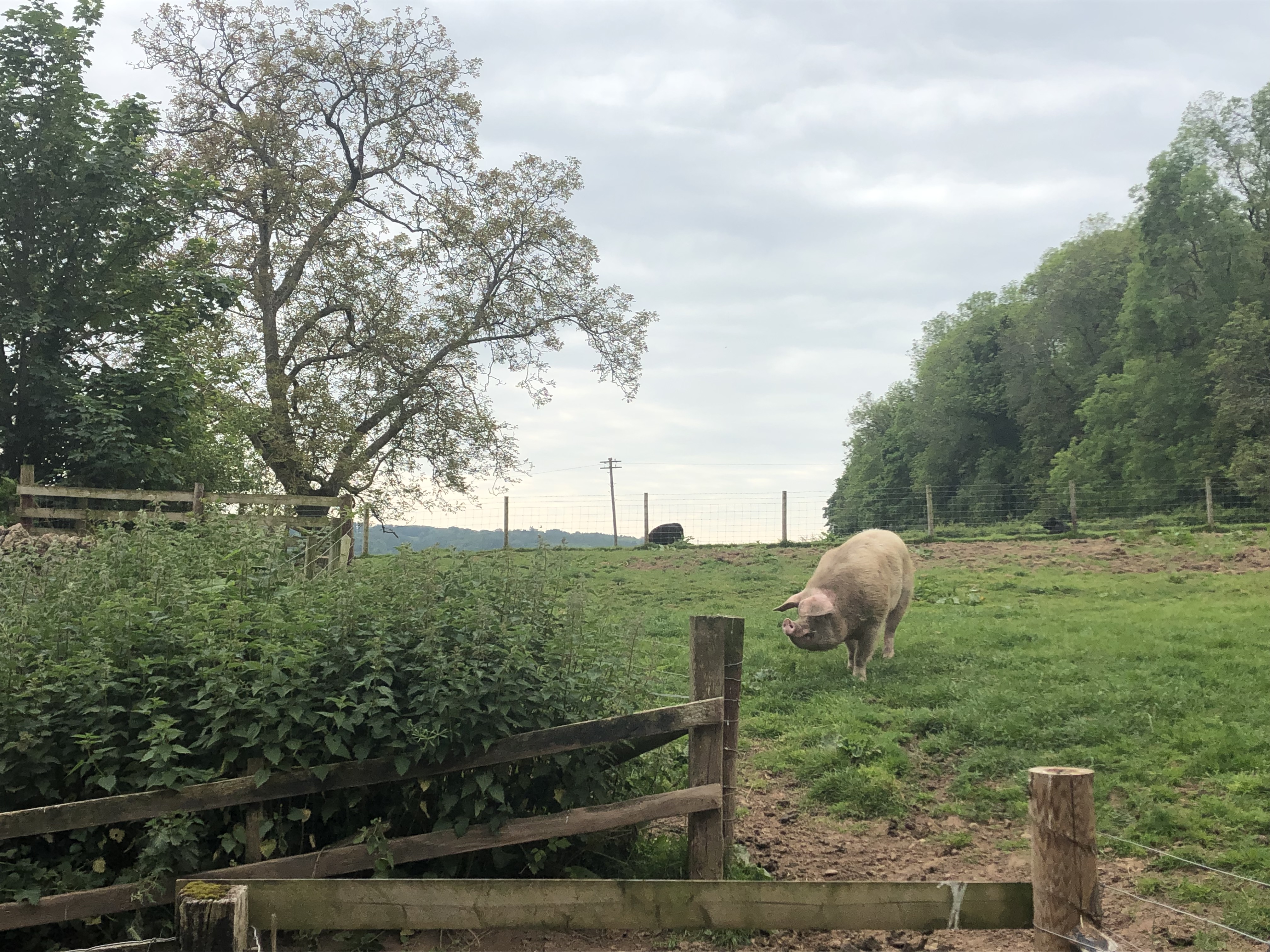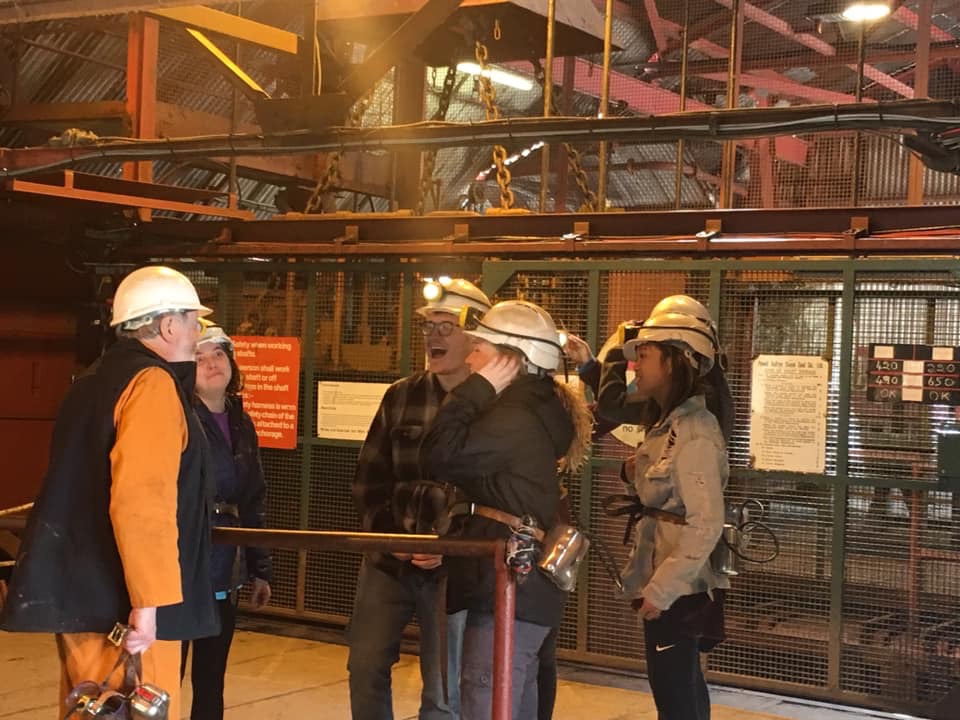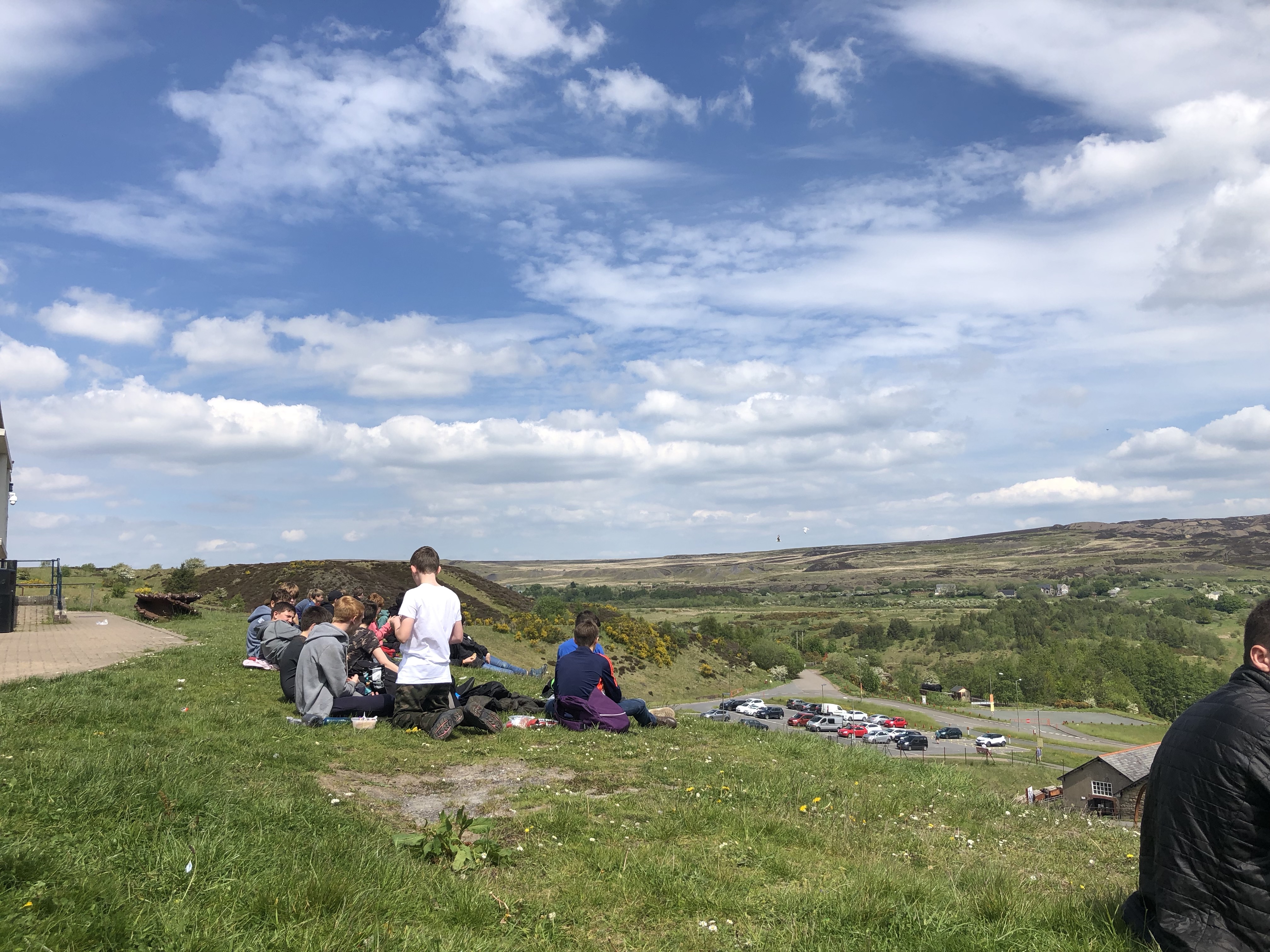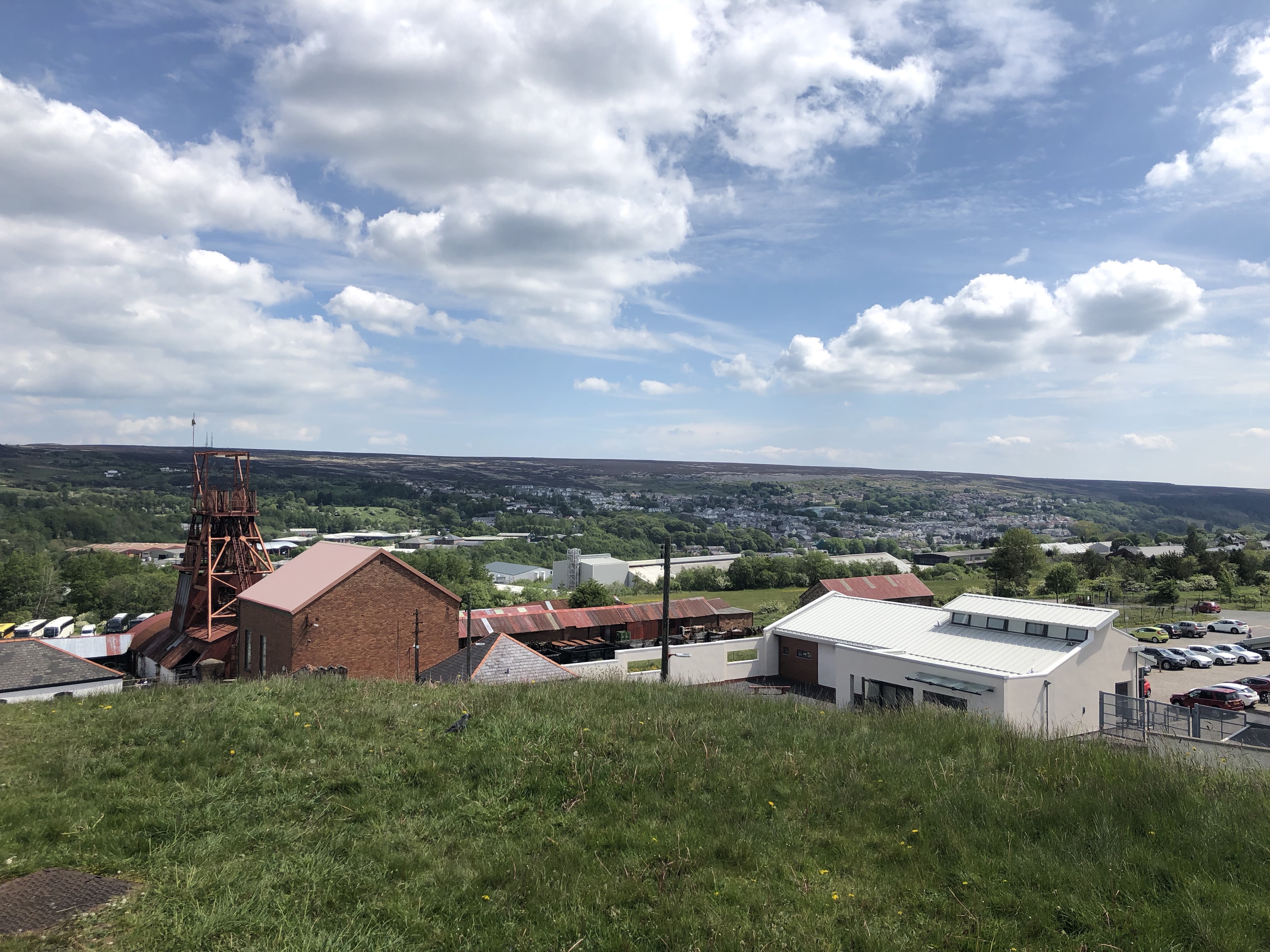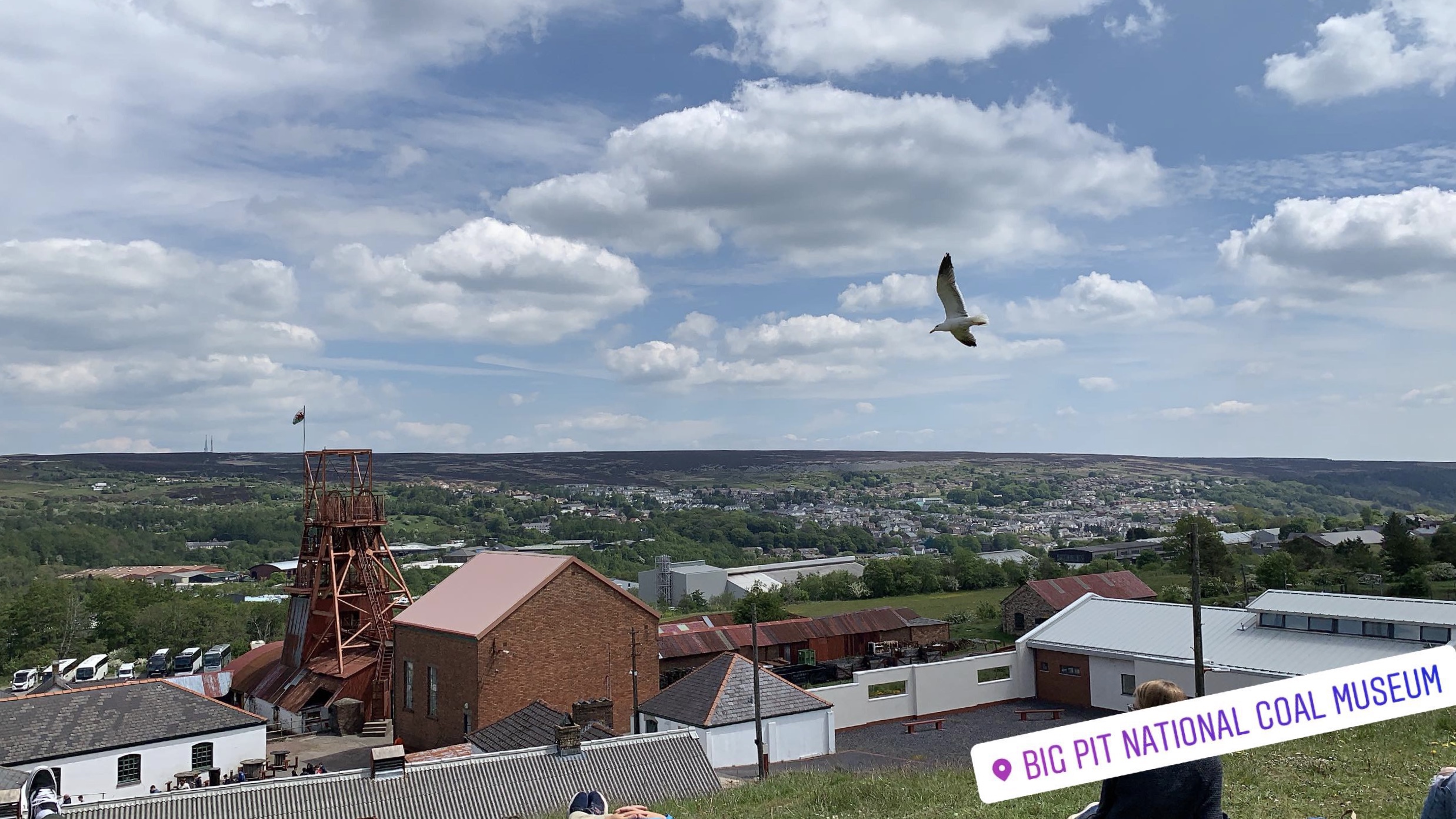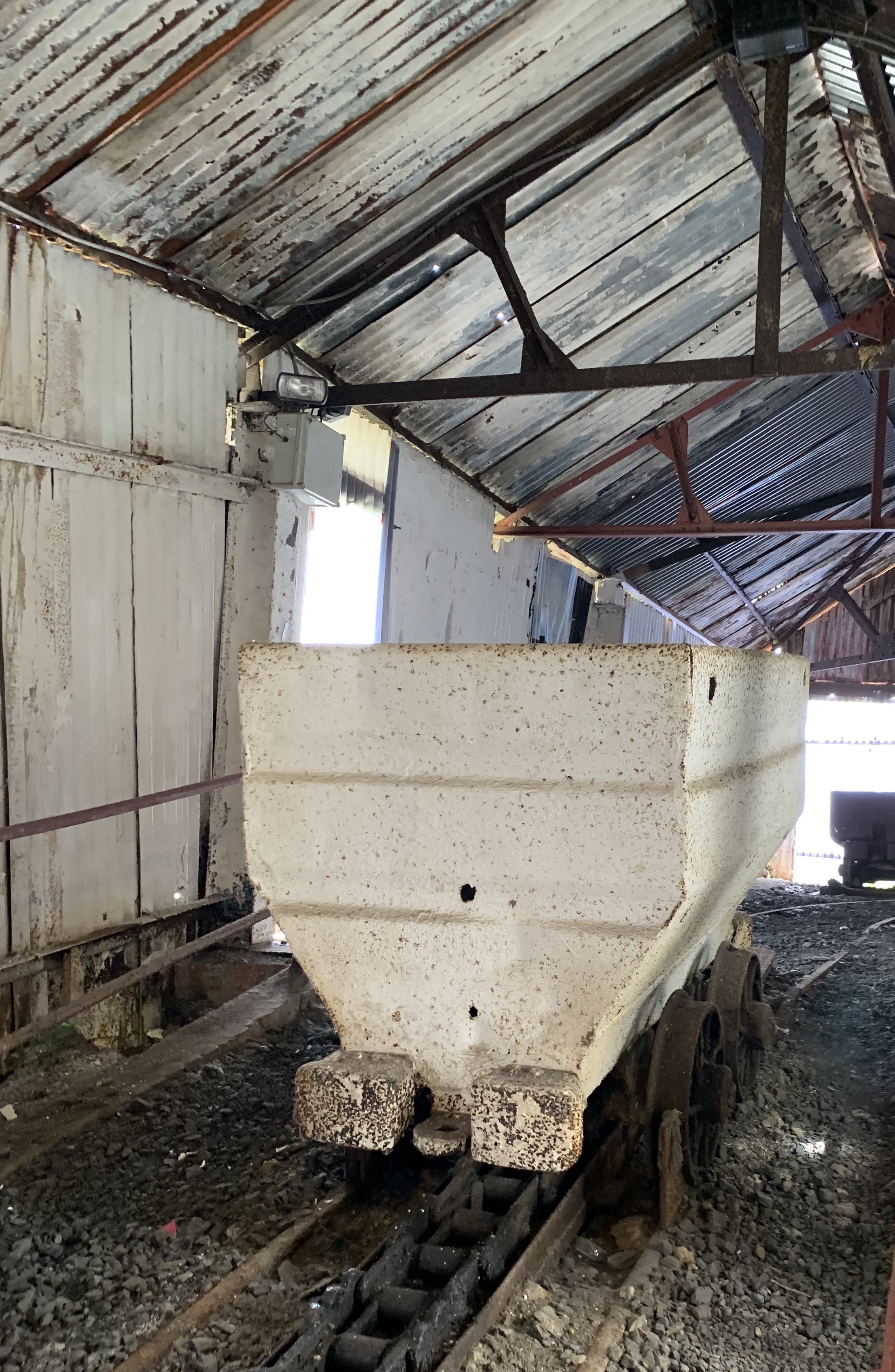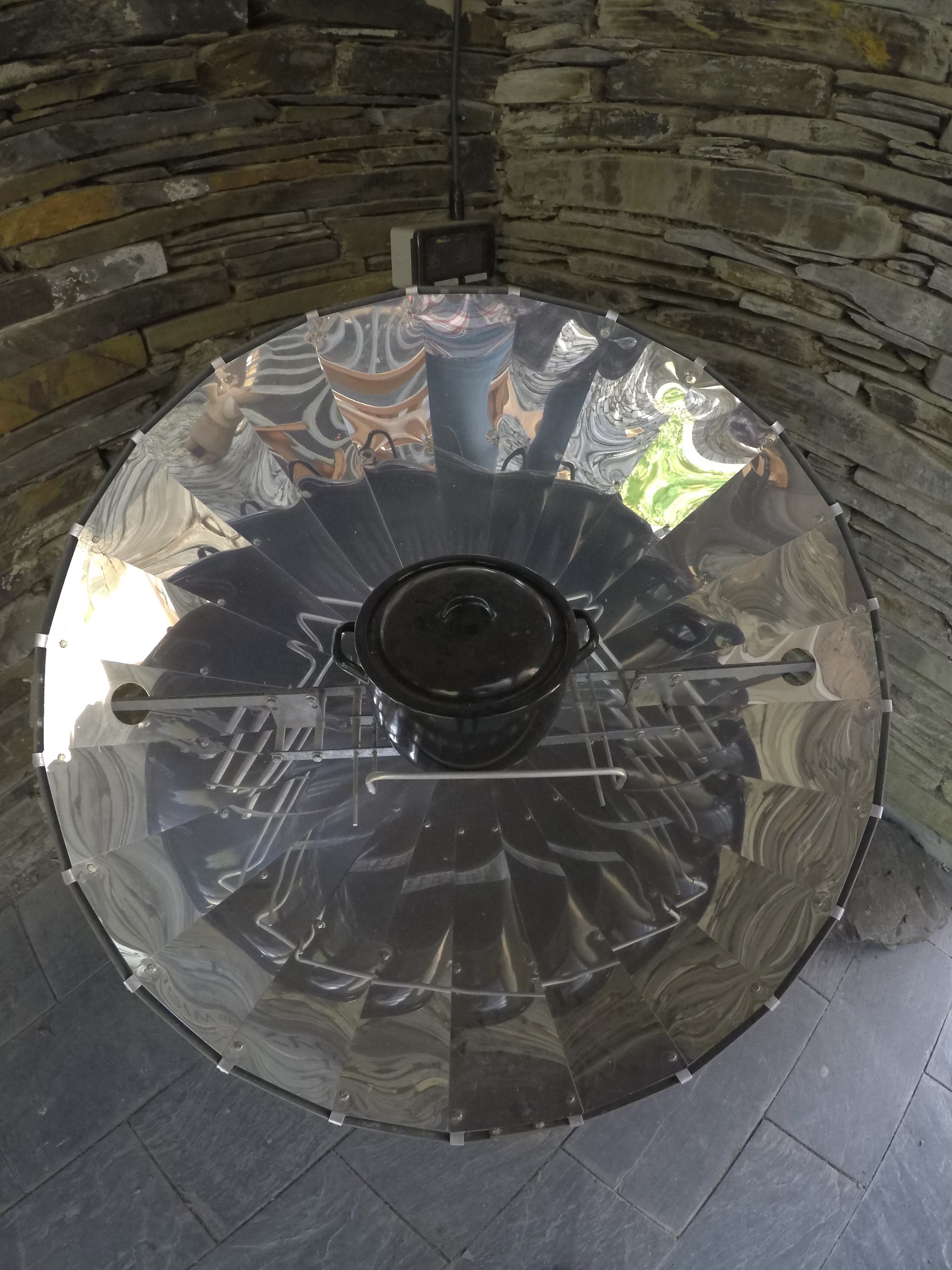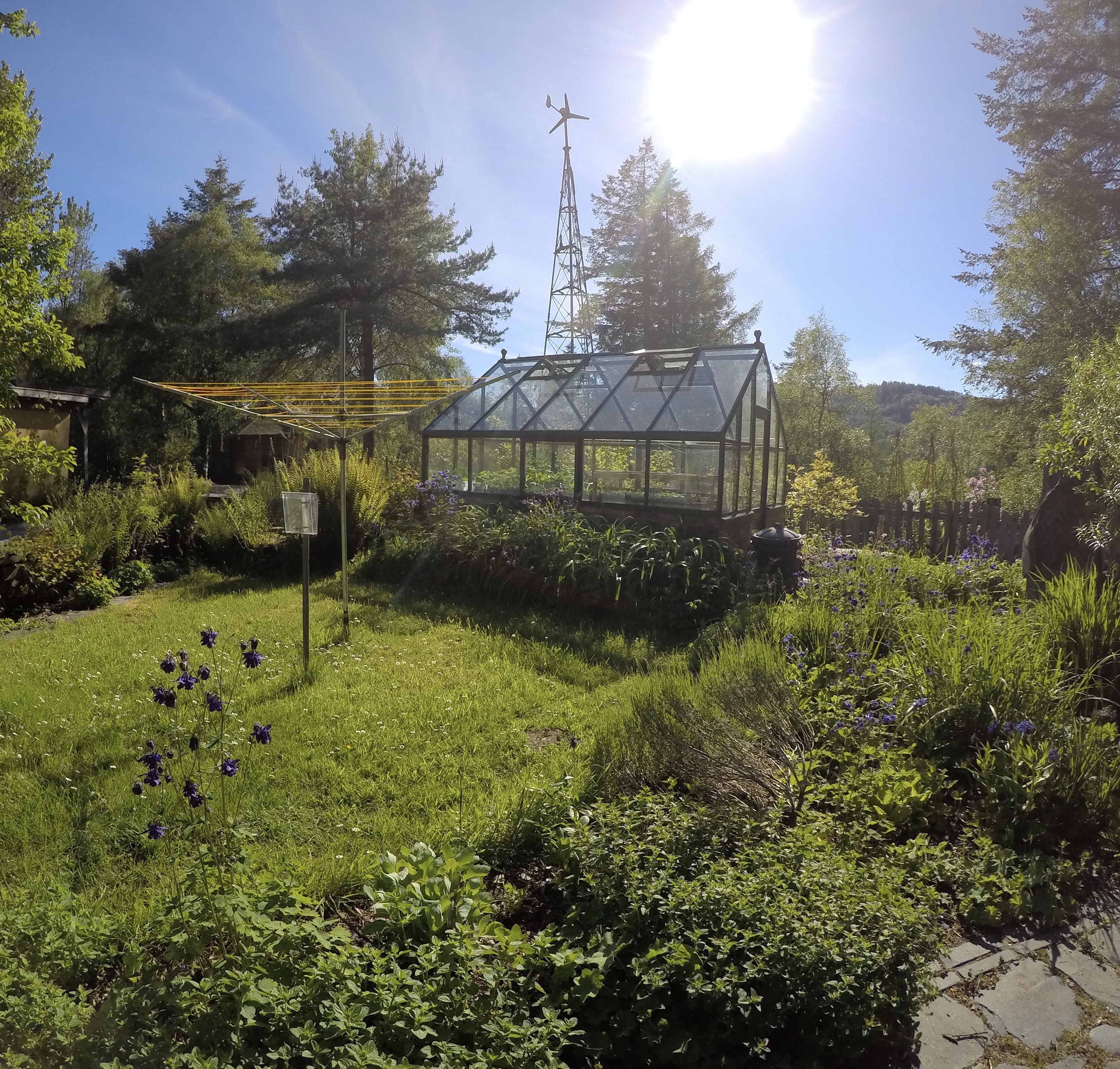Today we traveled to Cardiff, the capital of Wales and its largest city. While we were there, we visited the National Assembly for Wales, also known as the Senedd.
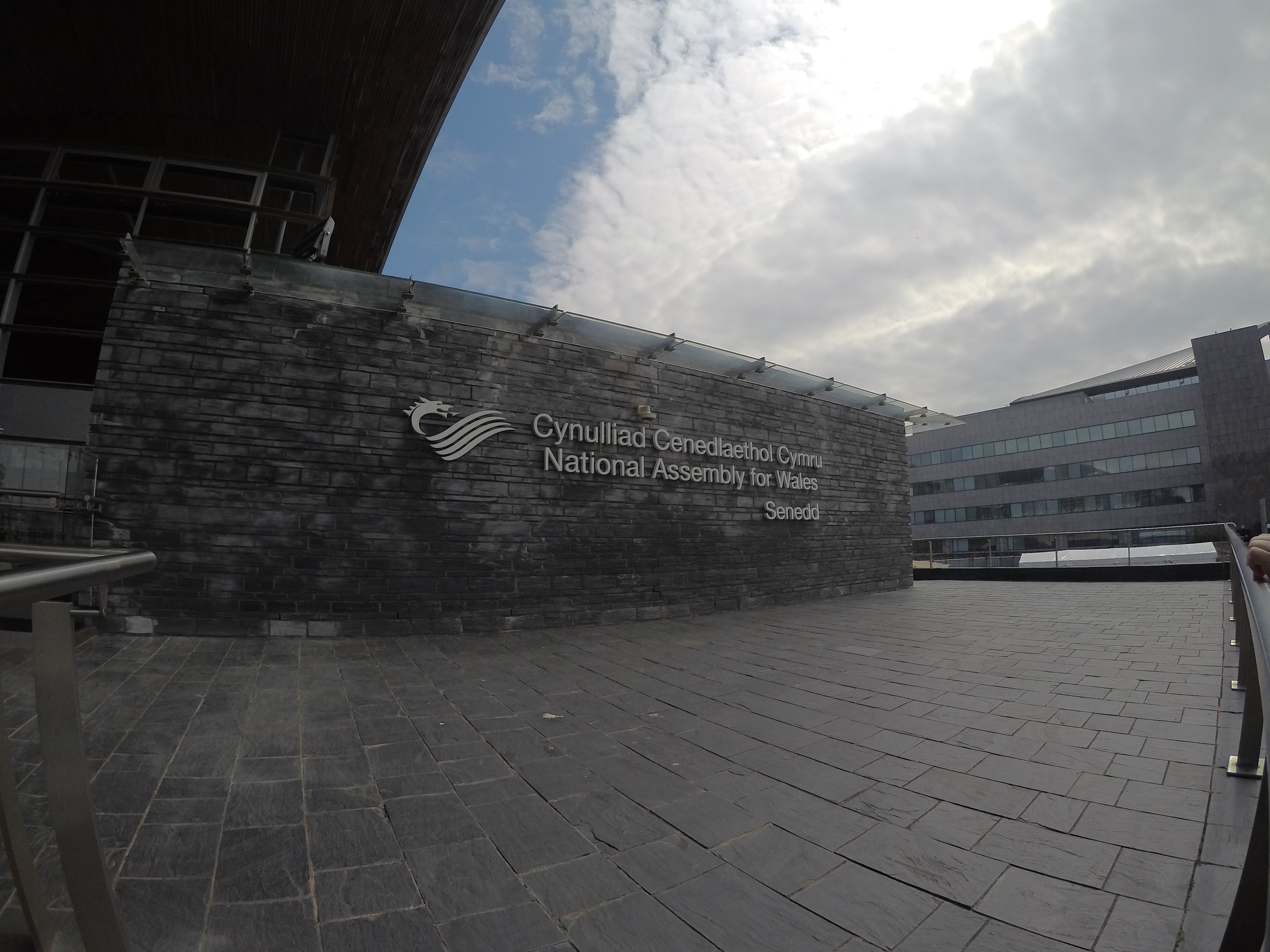
During this excursion, we had the opportunity to learn more about the government of Wales, which did not have its own parliament until a referendum was completed in 1977. The vote passed with a small majority of only 50.13% of voters for “yes”. This allowed decision-making to be brought closer to Wales. Moreover, in 2011, Wales also gained the power to make laws in twenty-one different areas of responsibility as well. In other words, this means that Wales has the power to act and pass laws in twenty-one different areas without needing to go to the Parliament of Westminster in Britain for approval. With this power, Wales has pushed forward a number of different policies, including advancements in organ donations, charges for carrier bags, and, most notably, the Well-Being for Future Generations Act in 2015.
A protest regarding climate change was even taking place right outside of the building while we were there.
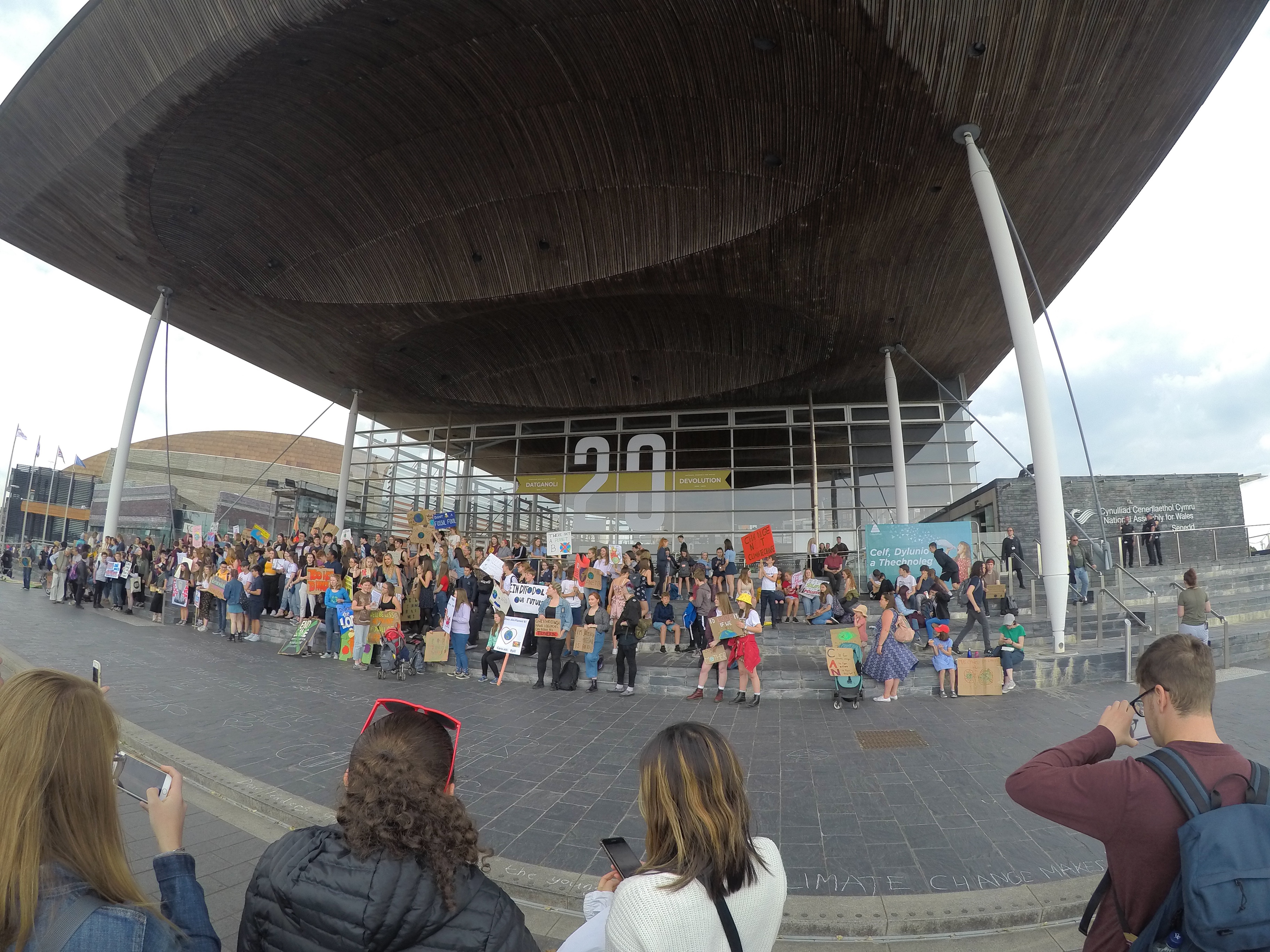
However, Wales has not focused on sustainability in writing alone, but rather, the building itself was built with sustainability in mind…
- The Senedd was built mostly with materials from Wales itself. The building utilizes steel, wood from Western Wales, and black slate from Northern Wales.
- Rainfall on the building is collected and used in toilets, sinks, and for washing windows. As a result, they only pay roughly forty pounds for their water bill!
- The National Assembly has a number of glass windows and was built facing the Southwest to allow for maximum natural sunlight.
- There is no air-conditioning in the building, but rather, they use natural airflow to save a lot of money and resources. In fact, it is estimated that roughly thirty to fifty percent of the running costs and resources have been saved.
- To heat the building, the Senedd uses both biomass and a geothermal heating system. Biomass utilizes wood pellets that would often be otherwise wasted instead of oil or gas. Geothermal heating involves drilling down into the ground to a depth of around one-hundred meters to allow the earth to naturally warm water in the winter and cool water in the summer. The water is then brought back up to help regulate the temperature in the building.

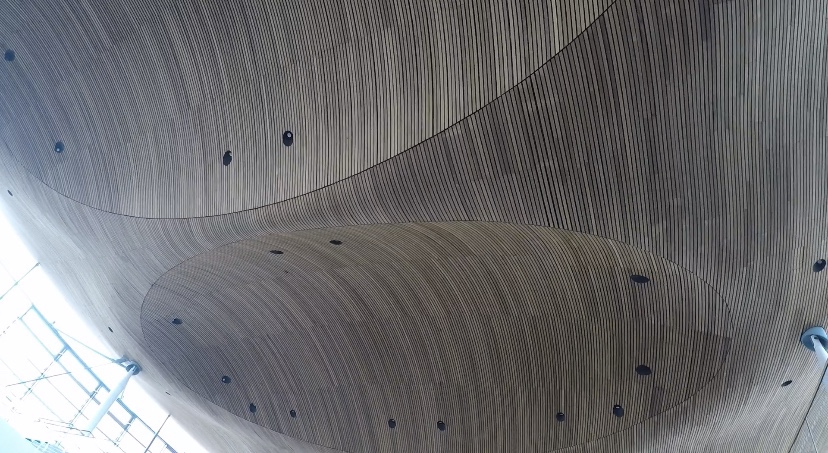
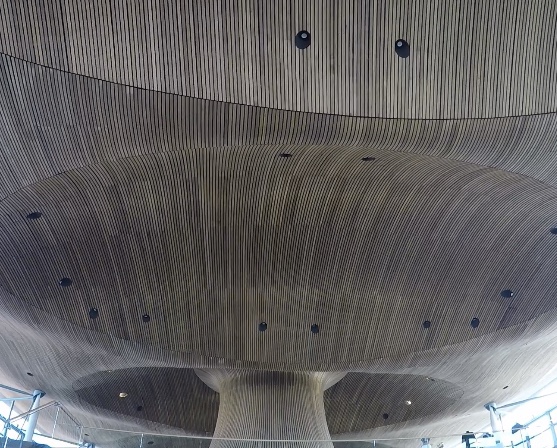
Visiting the National Assembly was a great experience. Not only did we learn a lot about the government structure in Wales, but we also were able to further witness the way in which this remarkable nation prioritizes and focuses on environmental sustainability.
-Deana DiBenedetto
